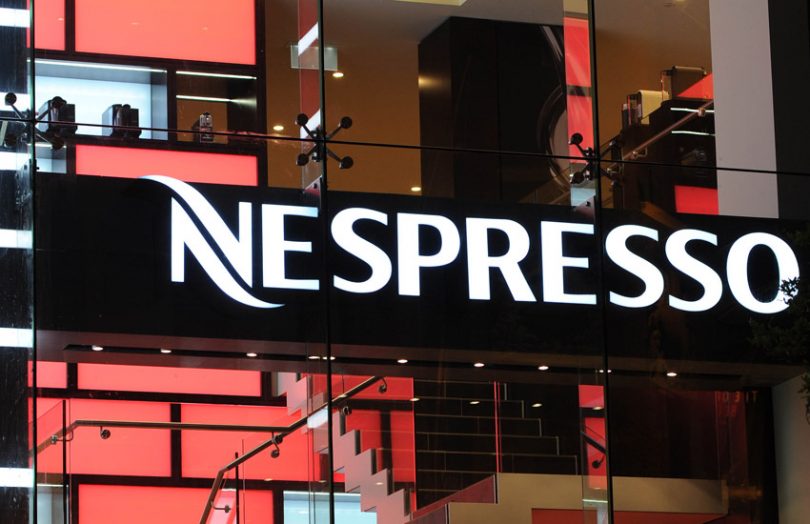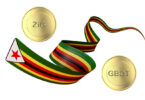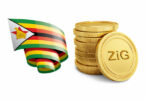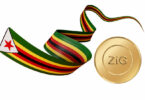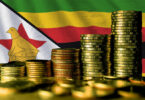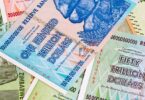Nespresso is using blockchain to enable consumers to trace the origin of Zimbabwe sourced coffee back to the farm.
Two years ago, Nespresso started a Reviving Origins program to restore coffee agriculture in regions affected by conflict or other changes. In the late 1980s, Zimbabwe produced 15,000 tons of coffee and by 2017, the figure was just 500 tons. The country’s main agricultural produce is tobacco.
Nespresso says it had a traceability program in place since 2003, but it simply hasn’t shared it with the public yet.
Article continues …

Want the full story? Pro subscribers get complete articles, exclusive industry analysis, and early access to legislative updates that keep you ahead of the competition. Join the professionals who are choosing deeper insights over surface level news.

